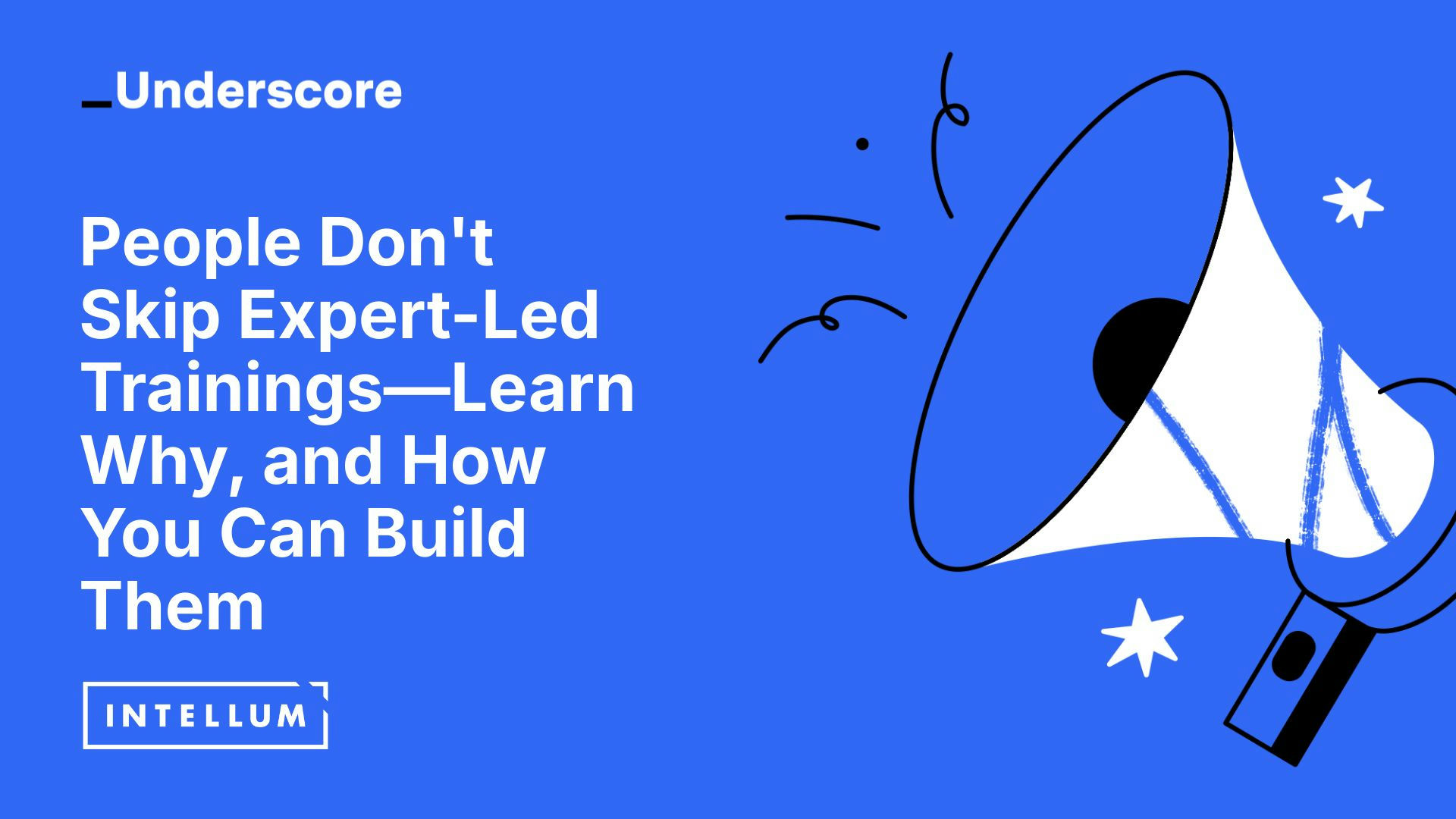When we talk about training design, the conversation usually centers around outcomes: What do we want people to know? What do we want them to do? But if you stop there, you're missing a crucial third question: How do we want them to feel? In a recent webinar with U of Digital, Veronica Ripson—Head of Learning Experience—challenged us to rethink our approach to learning by prioritizing the human element. Her mantra? “Great training is human.” And she’s right. Because while strong content and clear objectives matter, it’s emotion that drives memory, motivation, and momentum. Here’s why it matters—and how to design for it.
The Standard Training Model Misses the Mark
Most training is built around logic: structured slides, instructional outcomes, KPIs. And while there’s nothing wrong with that, it often lacks context. It tells learners what to know and do, but rarely helps them understand why it matters, or how it fits into their world. That’s where expert-led, emotionally aware training stands apart. Veronica shared, “With standard training, you get the what. But with expert-led training, you get the why. And the why changes how people connect with what they’re learning.”
Emotions Drive Retention and Relevance
Neuroscience backs up this concept: people remember what they feel. That moment of surprise, curiosity, or shared struggle leaves a deeper imprint than any bullet point on a slide. U of Digital intentionally designs for that. They don’t just ask, “What do we want learners to know or do?” They also ask, “How do we want them to feel after this training?” They might want learners to feel confident. Curious. Less overwhelmed. More energized. Each answer impacts the language, tone, and expert persona chosen for the session.
Expert Personas Shape The Emotional Element
U of Digital classifies their facilitators into three common personas: 1. The Authoritative Professor Clear, directive, and confident. Great when learners need certainty. 2. The Empathetic Buddy Relatable, warm, and encouraging. Ideal for beginners or overwhelmed teams. 3. The Pragmatic Practitioner Balanced and real. Perfect for learners who want grounded, honest advice. Each persona evokes a different emotional tone. And that’s by design. Veronica explained, “It’s not just about matching content to level; it’s about matching delivery to how we want people to feel.”
Emotional Design Is Strategic Design
Designing for emotion isn’t fluff—it’s a strategic differentiator. Consider this: If your learners are overwhelmed, they won’t absorb the material, no matter how good it is. If they don’t feel confident, they won’t apply what they learned. If they feel disconnected, they won’t remember what you shared. When you intentionally craft training to make people feel seen, capable, or curious, you move beyond knowledge transfer into transformation.
4 Tips for Designing with Emotion in Mind
So how do you actually design for emotion? It starts with intention. Designing emotionally resonant training means thinking beyond knowledge and tasks—it means building experiences that connect with people on a human level. Below are four practical ways you can begin designing with emotion in mind and make your learning programs more impactful, memorable, and meaningful.
1. Add emotional goals to your session plan.
Alongside “know” and “do,” include “feel.” Example: “By the end of this session, learners should feel more empowered to tackle competitive conversations.”
2. Match the tone to the task.
Don’t use a high-energy cheerleader when your learners need calm clarity, and vice versa.
3. Use real-life examples.
The U of Digital team strongly indexes on context—and what better way to surface context than to use real-life examples? In expert-led training sessions, the experts will usually go off-script to share from their own experiences or answer questions from participants.
4. De-risk participation.
Veronica brought up a great point: Not everyone knows why they’re attending training. We can’t assume that’s the case. Start by getting to know your participants. Normalize confusion. Explain acronyms. Let learners know it’s okay to not know, but that you’re in it together.
Final Thought: Learning Is a Human Act
If you remember one thing from U of Digital’s approach, let it be this: “The magic happens when we bring out the human in everyone—learners, SMEs, and ourselves.” When you design for how people feel, not just what they know, you build training that sticks because it speaks to the full human experience. So next time you plan a session, don’t just ask, “What do I want them to learn?” Ask: “How do I want them to feel?” Then build from there.




.png)

.jpg)